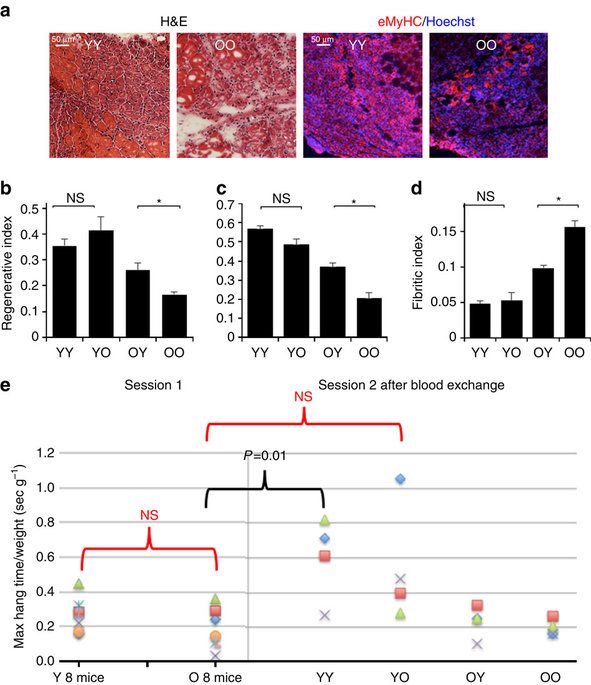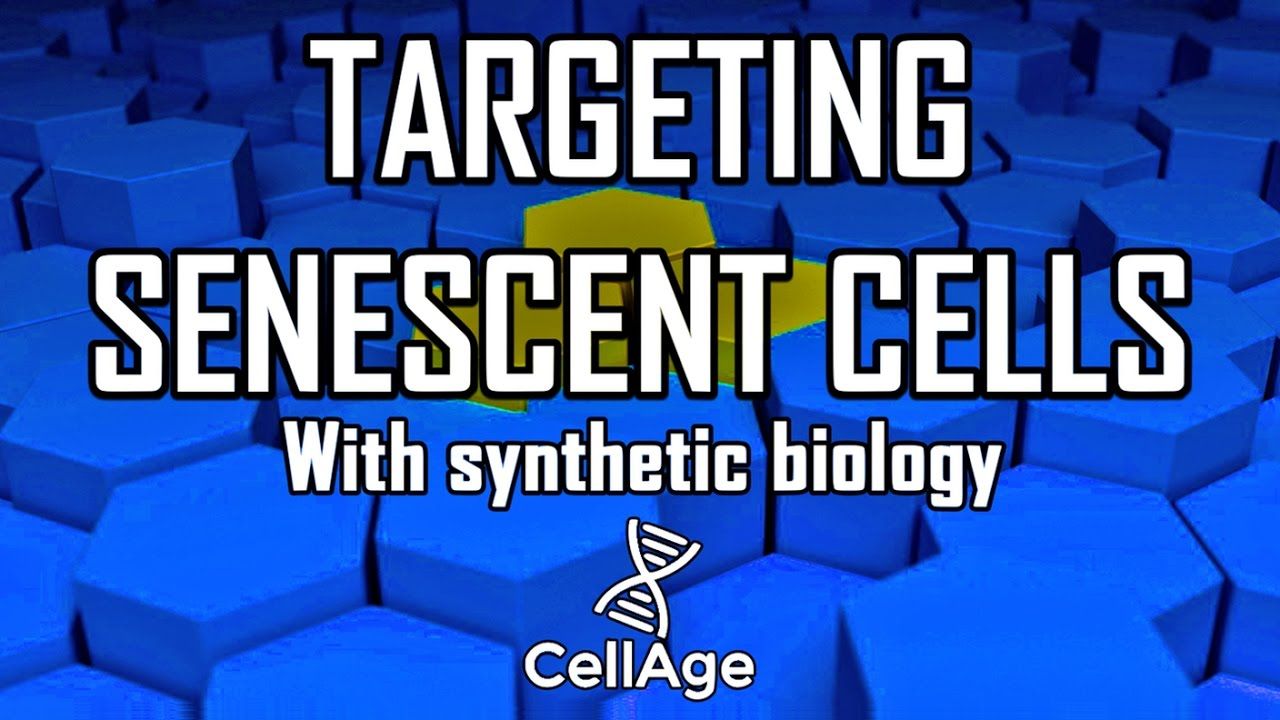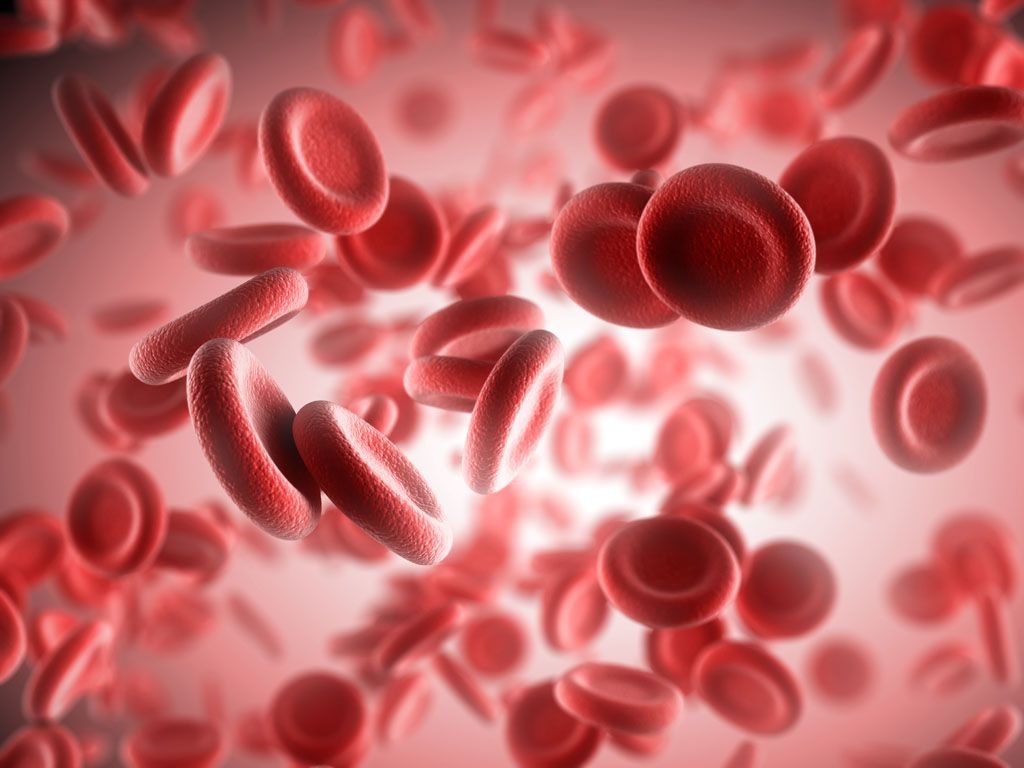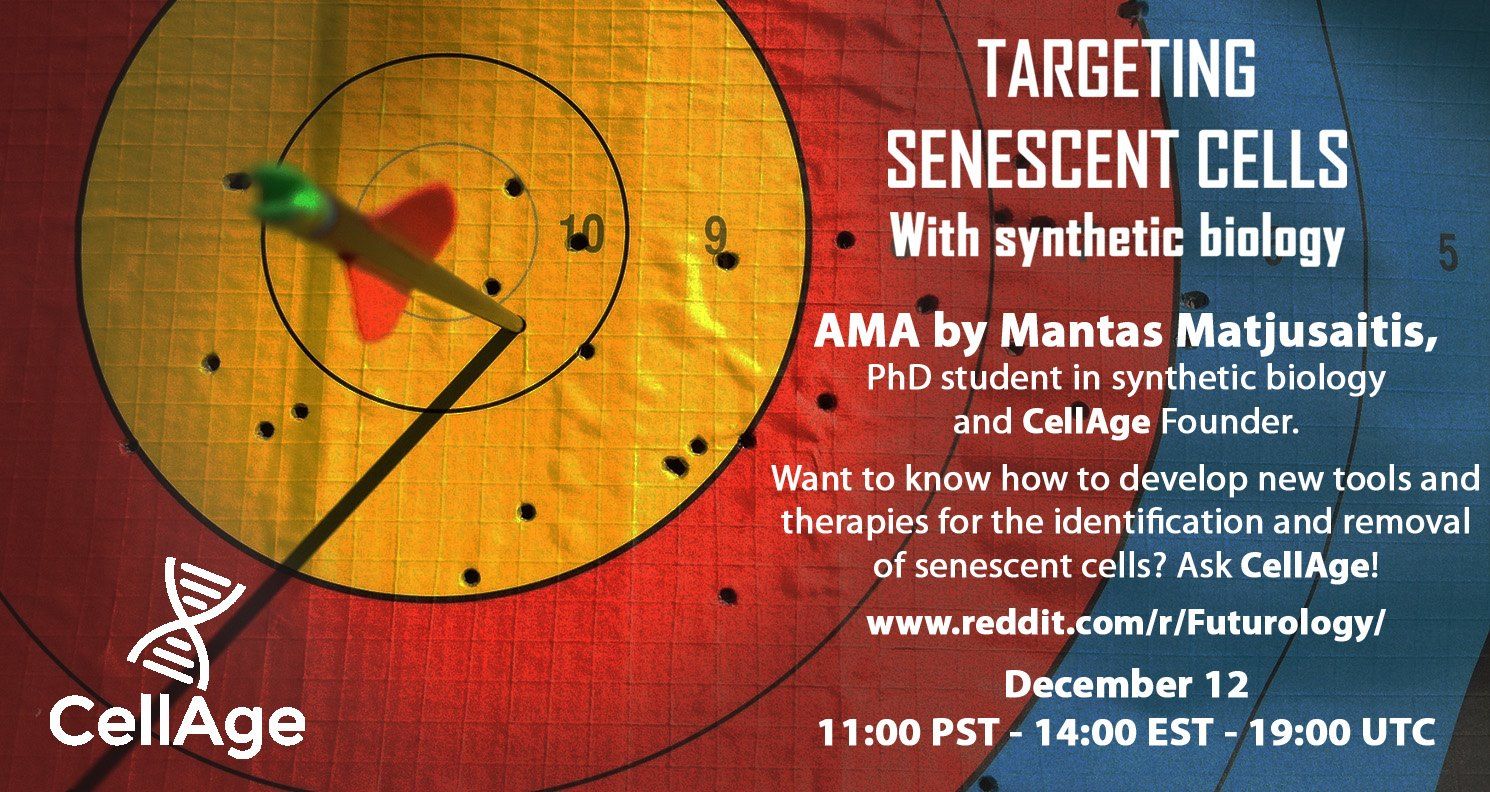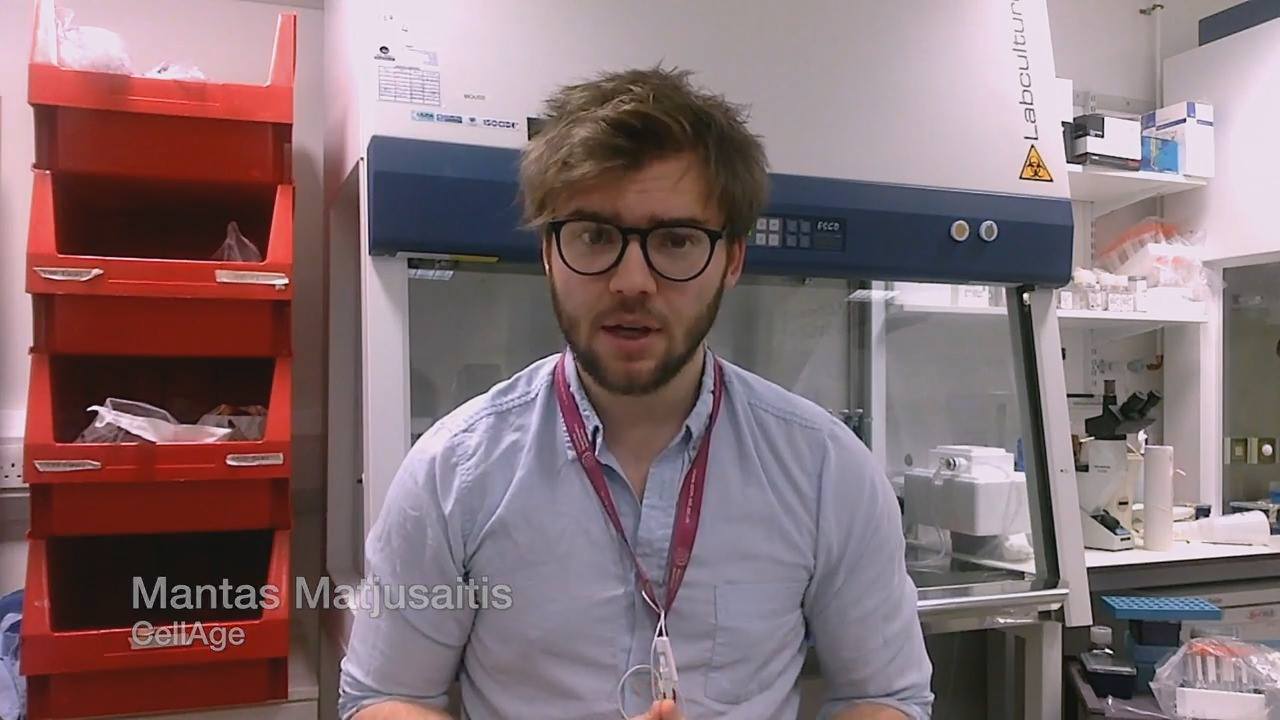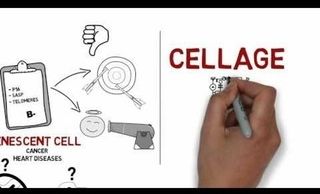
The CellAge AMA is open for questions, come along and ask about biotechnology, senolytics and so on.
Welcome to the CellAge AMA with Mantas Matjusaitis, PhD student in synthetic biology and founder of CellAge. I am here to talk about our work to improve the targeting of dysfunctional “senescent” cells in the body, and thereby aid in their eventual removal. This is important because removal of these cells has been shown to be a critical component in the effort to improve healthy human lifespan.
In short, CellAge is going to develop synthetic DNA promoters which are specific to senescent cells, as the promoters that are currently used for this purpose, such as the p16 gene promoter, suffer from various issues and limitations (not comprehensively targeting all senescent cells, collateral damage in targeting some cells that are not senescent, etc.). You can find more details in our technology video here, and on our Lifespan.io information page.
Seeing as our primary mission is to expand the interface between synthetic biology and aging research, as well as drive translational research forward, we will offer the senescence reporter assay we develop to academics for free. We predict that in the very near future this assay will be also used as a quality control step in the cell therapy manufacturing process to make cell therapies safer.
Read more
